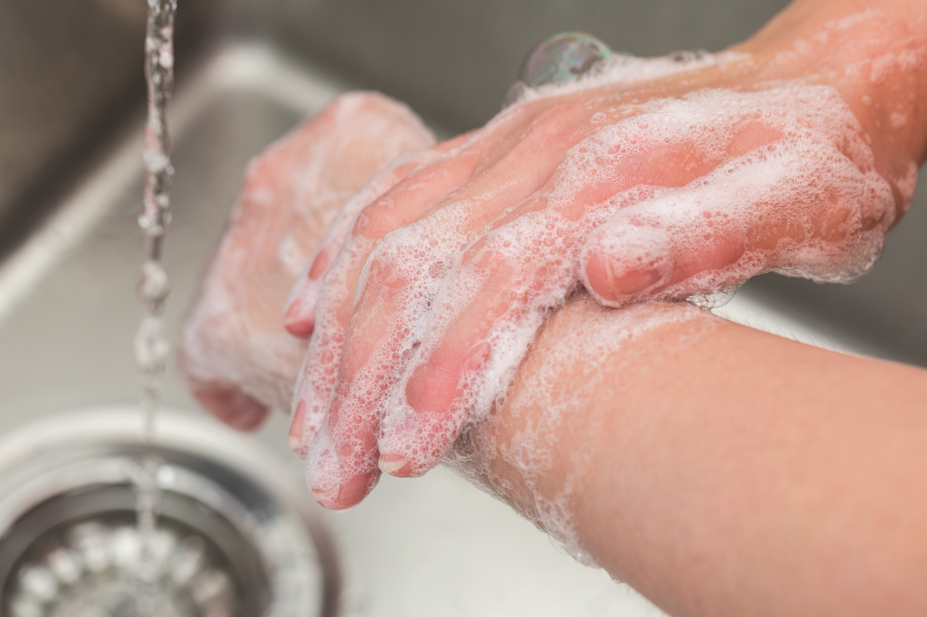
Shutterstock.com
Infections are a major contributor to increased rates of disease and death among nursing home residents. However, the majority of hand hygiene recommendations for infection control have been developed in acute medical settings and are rarely applied in nursing homes.
In the American Journal of Infection Control (February 2018), French researchers randomly assigned 13 nursing homes to implement a multi-component hand hygiene intervention, including increased availability of alcohol-based handrub and staff education, and 13 to a control group[1]
.
After one year, although the rate of admissions to hospital did not differ between the two groups, the intervention group had significantly lower death rates (2.10 vs 2.65 per 100 residents per month) and antibiotic prescriptions (5.0 vs 5.8 defined daily doses per 100 resident days) compared with the control group. However, the researchers were not able to report on the rate of acute respiratory and gastroenteritis infections because of lack of data.
The findings indicate a potential short-term reduction in death rates through a hand hygiene intervention but additional strategies are probably required to reduce disease rates, the researchers concluded.
References
[1] Temime L, Cohen N, Ait-Bouziad K et al. Impact of a multicomponent hand hygiene–related intervention on the infectious risk in nursing homes: A cluster randomized trial. Am J Infect Control 2018; 46: 173-179. doi: 10.1016/j.ajic.2017.08.030


